Is it really surprising that living and working in an extremely polluted environment will cause illness? As shown in part 2, when the body is bombarded with toxins, illness and death can result. No virus is necessary. Our bodies are poisoned daily by heavy metals, pharmaceutical medications, chemicals, pollutants, and even alcohol and recreational drugs. The body does have processes to help detoxify, but it needs to have the proper resources. The liver is by far the most important detox organ. Liver detox is broken down into 3 phases. Of course all nutrients are important. However, protein is the cornerstone of detoxification. Simply put, without protein, the liver cannot complete the detox process.
Phase 1 detoxification is the initial step in the detox process, where the liver uses enzymes to break down toxins into smaller, more water-soluble compounds. This first step is governed by transformation enzymes and prepares the toxins for further processing but can also make the toxin or drug more active and more toxic. Using the Cytochrome P450 enzyme, the liver employs oxidation, reduction, or hydrolysis to break down toxins, although oxidation is the most common. This process also creates harmful free radicals. Phase 1 is where the liver breaks down alcohol to aldehydes and then to acetate-CoA. Hormones such as estrogen also start their metabolism in this phase.
Products that occur after Phase 1 include free radicals, more active and more toxic metabolites, and Acetate-CoA, which in high levels, is also toxic to cells. These can all be cleaned up in Phase 2, if it is functioning well. You can already begin to imagine what happens in the body if Phase 2 is not functioning well or not functioning at all.
Phase 2 detoxification, also known as conjugation, is the second phase of liver detoxification and is completed with conjugation enzymes. In this phase, the liver adds a water-soluble molecule to the toxin, making it easier to excrete from the body. This phase is carried out with the help of enzymes and proteins derived from amino acids such as methionine, glutathione, taurine, and glycine. Glutathione is known as the master antioxidant. It is made in the liver from the three amino acids cysteine, glutamic acid, and glycine. Simply put, those who do not get enough protein have impaired Phase 2 liver detox.
Phase 3 detoxification is the final stage of detox where the body excretes the waste. This phase is run by transport proteins. The liver packages the waste product in bile, which is stored in the gallbladder. After a meal, the gallbladder sends this toxic bile out to be excreted in the stool.
These 3 phases make up a very elegant and powerful detox system. Although, for some, probably not powerful enough given the toxic world we live in. In Phase 3, unless there is adequate fiber in the diet, up to 95% of the bile can be reabsorbed. That means reabsorbing the toxins as well. Soluble fiber, in particular, has been shown to bind to bile acids in the intestine, forming a complex that is then excreted in the stool. Additionally, if the gut barrier is compromised, this toxic bile can leak into the bloodstream causing havoc throughout the body.
When Phase 2 slows or stops, the toxins and free radicals from Phase 1 will not be detoxified further. If the toxins are still coming in, more and more toxins and free radicals will be added to an already overloaded system. These toxins and free radicals will spill out in the blood. Toxins will be stored throughout the body in the adipose tissue, fat cells, the liver, kidneys, brain, lungs, heart, and skin. The danger is if these reactive molecules are not further metabolized by Phase 2 conjugation, they may cause damage to proteins, RNA, and DNA within the cell. (Is this damaged RNA and DNA coming out the cell what “viruses” really are?) With continued toxicity, cells throughout the body will begin to die. Eventually organs will be shut down, and death can occur. White blood cells will be tasked with cleaning up the dead cell debris, but the task is getting out of control. Bacteria are nature’s decomposers. Bacteria will show up to help decompose the dead tissue. This person did not catch a bacterial infection, they have a very toxic terrain. Bacteria are trying to help. Bacteria are like fireman that show up at a fire. They are usually found at the scene but they did not cause the fire. They are trying to stop the fire and clean up the mess. Doctors will say you caught an infection. No, your toxic terrain is damaging cells and tissue. Dead tissue occurs first, then bacteria arrive.
Click link to read: Bacteria: Are They Really The Cause Of Disease?
The body may incorporate fever to help. Fever can signal the body to make more white blood cells and more detoxification enzymes. Toxins deposited throughout the body can cause body aches. Toxins deposited in the brain can cause headache and even encephalitis. The respiratory tract includes the nose, mouth, throat and lungs. Toxins deposited in the respiratory tract can cause mucus, sneezing, sore throat, coughing, and swollen glands. Toxins deposited in the skin can cause red bumps, rashes and ulcers. At no point in this story does a “virus” play a role. When the body is poisoned with toxins and/or malnourished, it cannot complete detoxification. This article is focusing on nutrition, but detox can be affected by many other things, such as stress, trauma, emf radiation, etc. But in a nutshell, when the body cannot detox the toxins coming in, “illness” will result, and maybe death. Let’s look back to 1800s England, specifically the London area. Part 2 covered the incredible amount of pollution during these times. Let’s look at nutrition.
During the Industrial Revolution around London, industry was built along the Thames river. Industry was concentrated on these inner boroughs on both sides of the river. Poor workers would flock to these areas to find work. Poverty and unemployment were rampant in these areas. The outer boroughs were a little better off. Even though they were rapidly urbanized, they still retained rural qualities with access to better and more food. Past the outer boroughs, people were still living very rural. In Hampstead, which is only 5.5 miles away from the City of London, there were still over 600 acres being farmed, mostly pasture and grassland for hay and for milk production.
The City of London was a major financial hub, with the Bank of England and the London Stock Exchange located in the area. The city was also a major center for commerce and trade. Wealth and investment from around the world made its way to London. Large quantities of beef, lamb, pork and veal came to the city via Smithfield. Large quantities of poultry and game came to London through Leadenhall market. Vast quantities of fish were also brought in from the coast. Milk and vegetables came from the outer boroughs. For those with the means, the nutrition received from this abundant range of foods would be considered excellent. The City of London did not allow work houses to be built until 1867, and many wealthy charities spent vast sums feeding the poor. Children of the poor were fed and educated and the old looked after.
The very outer rural areas of London, such as Hampstead and Lewisham, retained life-styles similar to other rural areas of Britain, with more direct access to locally produced foods. These areas included highly productive gardens producing potatoes and a wide range of vegetables and fruit alongside corn and hay, as well as pasture for cattle and milk production.
The inner boroughs outside of the City of London were a different story. In the working areas, better off working families could afford a diet consisting of enough nutrients, most important being protein. However, at the lowest income levels, families ate large amounts of bread, with limited access to fats, meats, and vegetables. After weaning, infants were fed water-based pap, which is just bread softened in water. These babies were getting very little protein. At medium income levels, families could afford vegetables, cheap cuts of meat like offal, and fish such as cod and sprats, which are similar to sardines. With limited nutrition, it was usually the bread winner that was fed the best. These children were surely not getting enough protein.
It is therefore not surprisingly that higher death rates from infections were concentrated in the poorer areas of London, the East End and along parts of both banks of the river Thames. The studies of Smith showed that many of the poor in these boroughs, even when in work, often struggled to obtain an adequate diet simply by virtue of its cost. The high death rate from gastrointestinal infections as a result of a polluted water supply from the Thames in these boroughs during mid-century would have exacerbated ill-health and may itself have had a direct or indirect detrimental effect on nutritional status. It is remarkable that between 1851 and 1860, the City of London, although close to the river Thames and surrounded by parishes with high mortality from infectious disease, showed much lower overall mortality as well as lower death rates from gastrointestinal infection and tuberculosis, lower than in England and Wales as a whole. The fact that the City was supplied by clean water from the north of London and spent vast sums of money supporting and feeding the poor, underlines the importance of clean water and a plentiful diet. As the itinerant destitute from all over Britain flocked to the City to benefit from this largess, this system of poor relief ultimately became unsustainable.
https://www.ncbi.nlm.nih.gov/pmc/articles/PMC8826111/#bibr25-2054270420969533
The map below shows deaths of children under 5 from the years 1851-60. The worst death rates, are in the inner boroughs, marked in red. The City of London is #19 on the map. This article is about measles but this can be said for any of the assumed “contagious” diseases of the 1800s. How in the world does a virus or bacteria respect borders? London had the same air pollution as the surrounding towns. London had better water but also had much better nutrition, with adequate protein. The rural areas of Hampstead (#8) and Lewisham (#36) are the rural areas still with farmland. The areas in green had less pollution but also, better access to more nutritious food including protein.
The City of London, being polluted just like the areas next to it, shows us that, with adequate protein intake, a person’s detox system was working better than those in the surrounding areas. They had access to a better diet. The slums were home to the poorest of the poor, with little access to a consistent protein rich diet. Below is listed some of the most notorious slum areas in London and where they are located on the map.
East London, often referred to as “darkest London,” a terra incognita for respectable citizens. #17 on map. Between #19 and #22
St. Giles and Clerkenwell in central London. #12 and #15
The Devil’s Acre near Westminster Abbey. #4
Jacob’s Island in Bermondsey. #28
The Mint in Southwark. Either #26 or #27
Pottery Lane in Notting Hill. #2
The worst slums were the poorest and most malnourished areas. And these areas had the worst outbreaks of “infectious” disease. To be clear, there are no infectious diseases. Toxins and malnutrition play a large role in illness. When toxins cannot be eliminated, the body will suffer. It’s as simple as that. Another problem with food in the 1800s is adulteration. Some adulterants commonly used in Victorian foods were well-known to be toxic even then. Lead chromate was added in mustard. Canned food was contaminated with lead from solder to seal the cans. Lead was used in cosmetics and medicine. Lead was used to make toys which increased exposure in children. Arsenic compounds were used as colorants in confectionery. Arsenic was used as a rat killer and insecticide, and its residues often found their way into food products. Food items like flour, sugar, and candy were particularly susceptible to contamination. Arsenic was used as medicine. Mercury powder was given to teething babies. Mercury poisoning can cause fever, peripheral neuropathy, swelling, desquamation, tachycardia, salivation, and elevated blood pressure. Affected children may show red cheeks and nose, red lips, loss of hair, teeth, and nails, transient rashes, hypotonia and photophobia. Again, no virus needed to explain rashes, illness or death.
Lack of adequate protein will stop or slow the detox process. But this process can also be overwhelmed by an overload of toxins or poisons. Imagine England 1800s, a severely malnourished child is in bed going though a tough detox from the pollution around London. The doctor comes in with either arsenic or mercury to “help”. This is just more poisoning. Is it really a wonder why so many died in the 17-1800s? The belief in germ theory prevents people from embracing their detox events. Realizing that “illness” symptoms are the body’s attempt to detox will allow the person to stop taking in toxin/poisons. Belief in germ theory is why many are sacrificing their kids to the alter of Big Pharma. Germs do not cause disease. Vaccines do nothing but further toxify the body and harm the liver.
So we have seen in England in the 1800s, that poor and malnourished people were at much greater risk for illness and death. But even in the very polluted City of England, good nutrition resulted in less sickness and death. As Part 1 has shown, illness and death plummeted as the environment was cleaned up. This had zero to do with vaccines, as they came out much much later. Where are today’s worst “measles” cases? It’s no surprise that today’s worse measles areas are in poor and malnourished areas. And these poorly malnourished areas are seriously lacking protein.
From the WHO:
Measles is still common, particularly in parts of Africa, the Middle East and Asia. The overwhelming majority of measles deaths occur in countries with low per capita incomes or weak health infrastructures that struggle to reach all children with immunization.
Damaged health infrastructure and health services in countries experiencing or recovering from a natural disaster or conflict interrupt routine immunization and overcrowding in residential camps increases the risk of infection. Children with malnutrition or other causes of a weak immune system are at highest risk of death from measles.
It is acknowledged that these areas are severely malnourished but they always link malnourishment to a compromised immune system and therefore the need for vaccinations. Frankly, there is no immune system. There is nothing to be immune from. We have a detox system. The map directly below, from Our World Data, shows measles cases by country. As you can see, Africa, Asia and the Middle East have the most measles cases. The map below that one shows the daily supply of calories by country. The countries with the most measles are the countries with the least calories per person.
I know I sound like a broken record, but I want to stress that illness is not caused by viruses or bacteria. Symptoms are from the body trying to detox. And sometimes, the body fails so will die. The liver is a very special organ but it does not have unlimited powers. The liver can and does fail if it is overwhelmed by toxins. India has the most “measles” cases in the world. India also has the worst tuberculosis cases in the world. No, Indians are not more susceptible to viruses and bacteria. Many of the sick are malnourished and live and work in a very polluted environment. Just like England in the 1800s.
Read my X thread about Tuberculosis. https://x.com/ValZimmer2/status/1754178922642567431
After India, the African countries have the most cases and deaths attributed to “measles”. The graphic below shows you why. People living on the African continent get, on average, only 23% of their protein from animal sources. The very poor in these areas are getting much less protein. And like 1800s England, the bread winner of the family probably gets the biggest portion of protein. So many kids are left with little protein. Over 77% of the protein comes from plant sources, probably lots of grain. Remember, many poor babies in 1800s England were fed pap. Bread softened in water. Asia gets only 35% of its protein from animal sources. And they are the 2nd worst place for “measles”. The richest countries have the least “measles” cases. North America gets 63% of protein from animal sources. So I’m sorry to all the vegans and vegetarians, animal protein is completely necessary for most people on this Earth. Maybe someone living in an unpolluted area with a stress free job can get away with being vegan. In the richer countries, where there’s less pollution and life is a bit easier, maybe vegans can survive. But the more toxins added to the body, the more animal derived amino acids are needed to run the liver detox system. Carnivore is a trending diet. This all meat diet contains all the amino acids to run the liver detox system, so people feel better. They are detoxing better. People report all sorts of illnesses clearing up. But no need to go full carnivore. Just make sure to get adequate animal protein.
The country of Madagascar is an island, in the Indian Ocean, off the African coast, with about 28 million people. The country faces high poverty rates, with over 90 percent of its population living on less than US$3.10 a day. Chronic malnutrition affects nearly 40 percent of children. Madagascar does have natural resources so there is mining in the country. But like other 3rd world countries, mining is a corrupt business. Artisanal mining, which accounts for over 80% of the country’s mining activities, is a significant concern. Small-scale miners, often without proper training or equipment, extract minerals and precious stones using rudimentary methods, leading to environmental degradation and health risks. Child labor is also widespread, with an estimated 85,000 children working in the mines. Pollution and serious malnutrition! Sounds just like England in the 1800s. In 2019, the WHO declared a “measles” outbreak in this very poor country, even though 58% of the country had been vaccinated for “measles”.
Nearly 1,000 Madagascar children dead of measles since October: WHO
February 15, 2019 5:51 AM CST Updated 5 years ago
GENEVA (Reuters) - At least 922 children and young adults have died of measles in Madagascar since October, despite a huge emergency vaccination program, the World Health Organization (WHO) said on Thursday.
The number of deaths is based on official numbers, but these are likely to be very incomplete, as is the current total of infections, at 66,000, Dr. Katrina Kretsinger of WHO's expanded program on immunization told a news briefing.
Measles is a highly contagious viral disease that can cause complications including blindness and brain swelling and increase susceptibility to other diseases.
The Indian Ocean island is among Africa's poorest countries, and in 2017 only 58 percent of the population had been vaccinated against measles. The lack of a big outbreak since 2003 also means many have had no chance to develop immunity.
An emergency response has vaccinated 2.2 million of the 26 million population so far, Kretsinger said. Some of those had previously been vaccinated but had only received one shot, and so were given the more standard second, "booster" jab.
https://www.reuters.com/article/us-madagascar-measles/nearly-1000-madagascar-children-dead-of-measles-since-october-who-idUSKCN1Q3246/
The pharmaceutical funded agencies of the WHO and the CDC will tell you that, for measles, 95% of the population needs to be vaccinated for herd immunity. In this epidemic in Madagascar, a total of 1080 people died, with 91% being under 14. These kids died despite a huge emergency vaccination program. The WHO had an emergency response to vaccinate 2.2 million. How many of these kids worked in mining? How many were malnourished?
Let me remind you of measles in England. The graph below (from the book Dissolving Illusions) shows measles deaths in 1800s England. As you can see, measles deaths came down to nearly zero with NO vaccines. As pollution was cleaned up and poverty alleviated, less kids became sick. If Madagascar could clean up their environment, and alleviate poverty so people could afford proper sustenance, less kids in Madagascar would get sick. Viruses do not exist. Herd immunity is a made up belief. Vaccines are not needed.
Before moving on from Madagascar, I wanted to add this Tuberculosis map of the world. Madagascar is circled in red. As you can see, Madagascar also has very high rates of tuberculosis. The entire Tuberculosis map looks similar to the measles map. The world map of malaria is also very similar. The WHO will tell you that diseases are rampant in these poorer areas because malnutrition hinders the immune system so viral and bacterial infections spread easier. We have covered the “spread” myth. Nothing is spreading. And let’s not forget that vaccines in these poor areas are not zero. Many countries have 80-90% uptake of many vaccines. Yet, they still have these diseases. The reason people in these areas are not doing well is not from a lack of vaccines. It’s because of malnutrition and pollution caused by unregulated industry, the worst being mining. There are no separate illnesses. Illness symptoms are symptoms of the body doing the best it can to survive. The body is trying to return to homeostasis. Sadly, if too polluted or malnourished, the body will die.
I’m often asked, well what about kids in the better off countries. Why do babies and kids still get sick? Maybe these people think all babies come from the baby factory with all 100% healthy parts. Of course, this is not true. A baby is only as healthy as the mother and its environment. If the mother is consuming toxins in her diet, she will pass those on to the child. If the mother is not eating an adequate diet, the baby will not have adequate nutrition. In India, up to 30% of women are vegetarian. India has the worst “measles” cases in the world. In the US, only 5% of women are vegetarian or vegan, however, 31% of women report that they have reduced meat consumption.
The following is from a meta analysis paper titled “The Effects of Vegetarian and Vegan Diet during Pregnancy on the Health of Mothers and Offspring”.
Vegetarian and vegan diets have been considered a nutritional challenge during pregnancy, and they require strong awareness to achieve complete intake of essential nutrients, as such, these diets are at risk of nutritional deficiencies. As described, several studies have demonstrated the insufficient supply of essential nutrients such as vitamin B12, vitamin D, calcium, zinc, iron, proteins, essential fatty acids, and iodine in vegetarian and vegan diets.
Proteins demand during pregnancy and lactation increases up to 71 g/day (1.1–1.2 g/kg/day) compared to 46 g/day (0.8 g/kg/day) for nonpregnant women. Protein deposition in maternal and fetal tissues increases throughout pregnancy, much more during the third trimester. Enhanced protein synthesis occurs, combined with decreased amino acid catabolism and urea synthesis. The increment of circulating plasma amino acids is a conservation mechanism for retention of protein during a period of increased demand. Additional protein is needed in pregnancy to reach the estimated 21 g/day deposited in fetal, placental, and maternal tissues during the second and third trimesters.
Pregnant women who adhere to vegan diet are at higher risk of protein deficiency so additional protein is indicated for the vegan diet in the second and third trimesters: 25 g of protein may be added by including 1.5 cups of lentils or 2.5 cups of soy milk per day.
Authors found that the patterns positively associated with Infant Body Weight were labeled “nutrient dense”, “protein-rich”, “health conscious”, and “Mediterranean”. Those negatively associated with Body Weight were labeled “Western”, “processed”, “vegetarian”, “transitional”, and “wheat products”.
Breast Feeding
Vegetarian diets differ between individuals: without good information and well planned diets, vegetarians may be at risk for some deficiencies during pregnancy and consequently during breastfeeding period.
Nevertheless, Agostoni et al. [146] reported that animal proteins, compared to plant proteins, are associated with positive psychomotor development indices for infants and young children.
The mothers in the nonvegetarian group in this study had a significantly greater energy intake compared with the vegetarians. Without adequate intake of energy during lactation the postpartum nutritional profile of vegetarian mothers decreased, so the maternal nutritional stores are sacrificed to support infant normal growth.
https://www.ncbi.nlm.nih.gov/pmc/articles/PMC6470702/#app1-nutrients-11-00557
There is no doubt that it is harder for vegetarians or vegans to get proper protein than it is for meat eaters. Does this mean that it’s impossible for a vegan to get adequate nutrition? Of course not. Does this mean that offspring of vegans are doomed? Of course not. Choosing to become vegan with abundant sources of options for protein makes it easier. Having to be vegan because of economic reasons, as in the poorer areas of African, the Middle East and Asia, does present significant challenges. They simply don’t have the options to make up for limited animal protein.
So, to avoid “disease”, nourish your body properly and avoid toxins. Sounds simple right? Well it is this simple but of course, it’s not easy to do. No one is using arsenic or mercury as medicine. Developed countries usually have sound regulation of industry. However, toxins are still ubiquitous in our food and environment. Our food is also much less nutritious compared to years ago. But hopefully, this measles series will aim you in the right direction. Avoid toxins. Eat more protein. That goes for babies as well.
I hoped you enjoyed this 3 part series on what they call “measles”. On the subject of viruses don’t exist, many people’s first response is, “well, what is it then”. There is no it. Measles, like any illness, is not one thing. Being exposed to pollution or poisons is very toxic to the body. Toxins make the body suffer. If this body is not properly nourished, with adequate protein, it will suffer more and have a hard time detoxing. It really is this simple. We all try to avoid the obvious pollution and poisons found in daily life. No one is using arsenic and mercury as medicine anymore. But there are hidden poisons and toxins in our food and environment. A mostly unknown toxin in our food will be the subject of the next Substack article. In the meantime, embrace your illness symptoms such as fever. Your body is using fever to heal and rid itself of toxins. The liver will have an easier time if you give it protein. So eat more meat. I stick with red meat and a little chicken. I don’t eat pork or fish. I also have limited my vegetable intake, eliminating salads as well. I consume more red meat and very few veggies or fruit. The result. Every marker on blood tests are getting better. Every one!
Stay tuned.

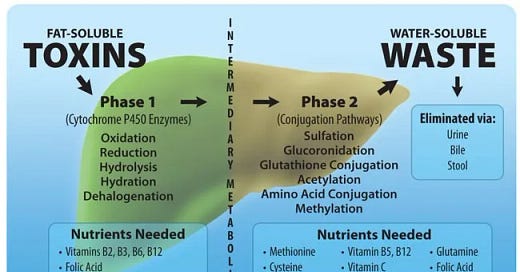



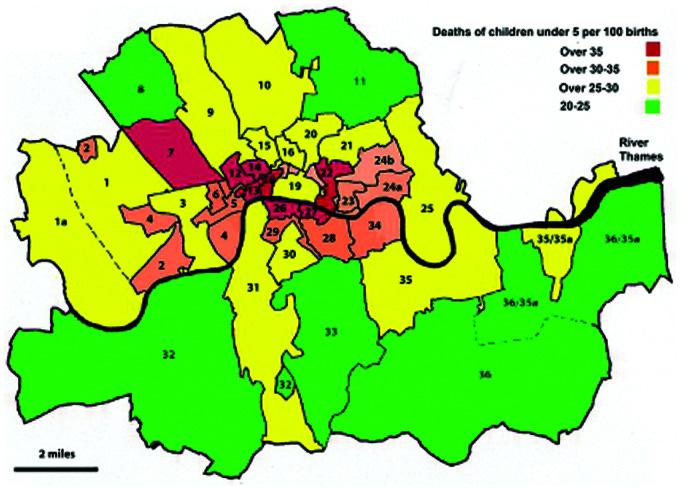


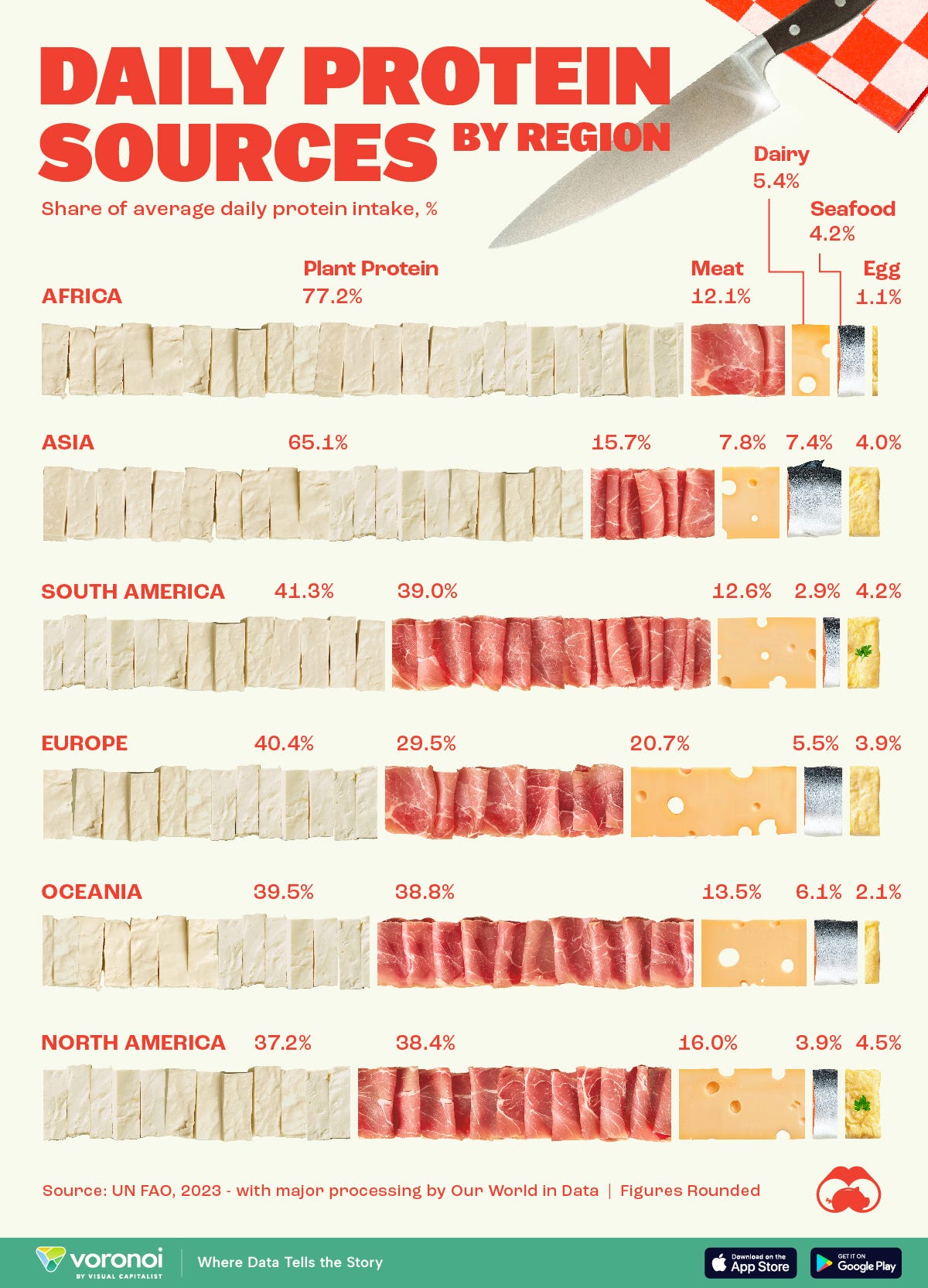
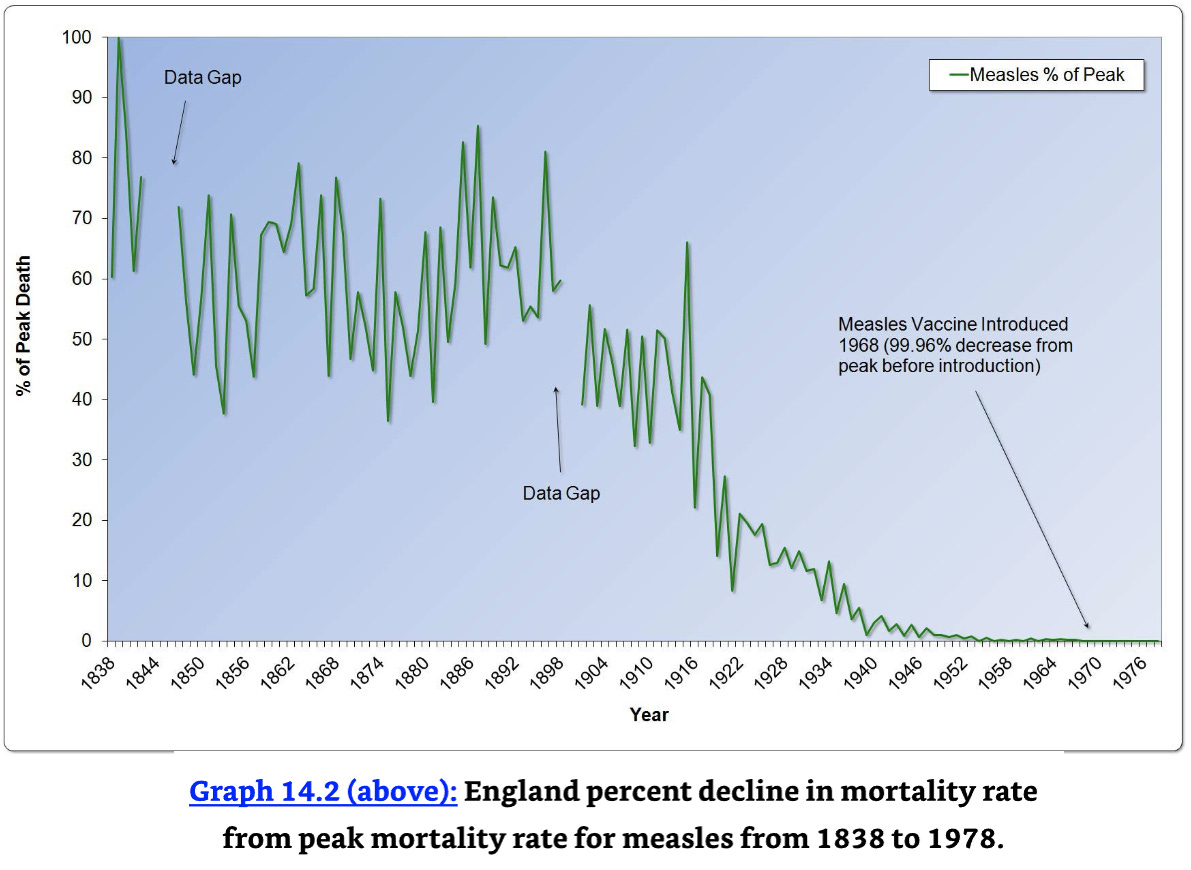
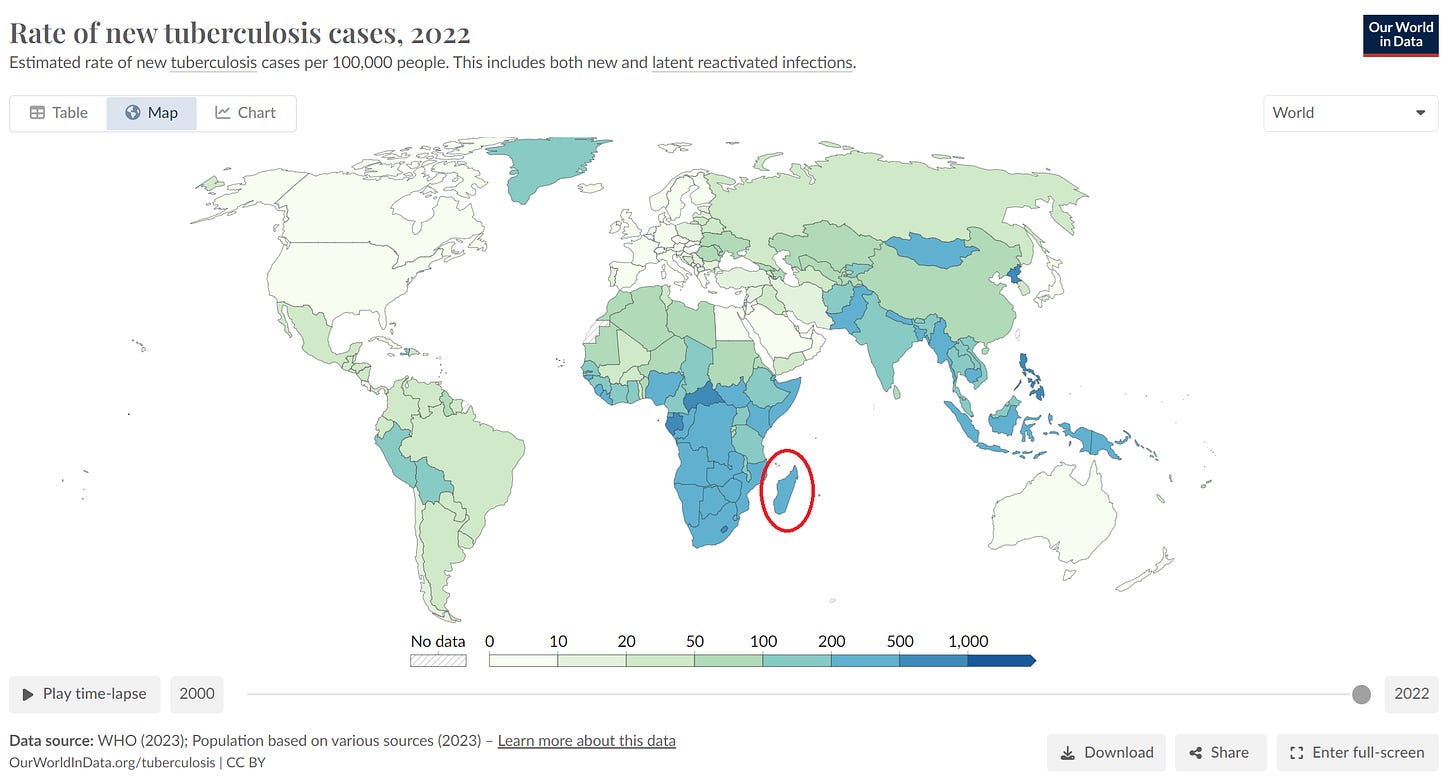
Excellent!
thank you